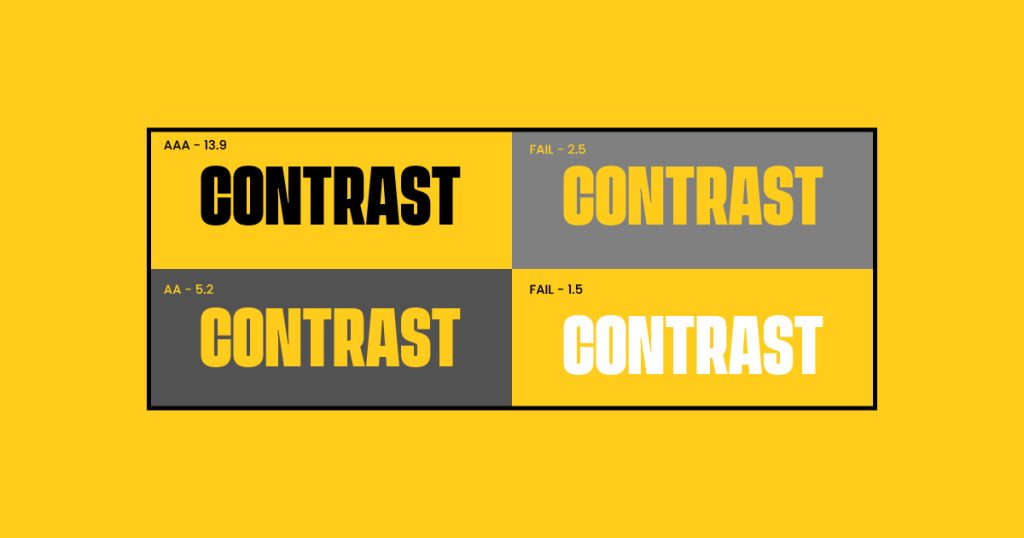Accessibility in the Physical and Digital Worlds


We just want things to work. Whether it’s technology, a tool, or your adult son who lives in your basement, everyone wants these things to work without extra steps, complications or having to call customer support (still not helpful with your son).
Everything we interact with has been designed for a specific purpose. When you download a new app, you expect to be able to use it right away. Now imagine this app requires you to hold down your volume button, type your name, and tap on moving icons at the same time just to login. That would be frustrating, if not impossible. Now imagine trying to hold your phone and type an email or text while holding a child (I’ve dropped my phone many times). Or maybe you have an injured arm. Or you only have one arm. Text-to-speech is a feature that was designed for situations just like this. And while it was designed for people with physical limitations, this feature ended up benefiting everyone. That’s what accessibility is all about.
What is Accessibility?
Accessibility ensures a product or service is usable by as many people as possible, regardless of their physical or cognitive abilities. The principle of accessibility is not limited to the digital world, but extends to things we use and interact with on a daily basis.

Digital Environments
According to WebAIM, only 4% of the internet is fully accessible to people with disabilities, and users with disabilities are likely to experience issues with one of every 21 elements on a web page. This means that the 27% of American adults who live with a disability will be met with complications nearly 96% of the time when using the internet.
As a UX designer in the digital space you have an obligation to prioritize accessibility. It may take more time and effort, but the benefits are many. Not only will accessible designs contribute to a more inclusive and equitable society, they will benefit our clients and users across the board. Here are four examples:
- Larger Audience: By making your products or services accessible to people with disabilities, you’ll reach a larger overall audience.
- Better User Experience: Accessibility features, such as high contrast, color selection, alt text for images and well-structured content, generally improve the overall user experience for everyone, not just those with disabilities.
- Better Reputation: Embracing accessibility demonstrates a commitment to social responsibility and inclusivity, which helps to improve a company's reputation and build customer trust.
- Legal Compliance: Many countries have enacted laws and regulations that require organizations to ensure digital and physical accessibility. By adhering to these regulations, companies avoid legal issues and potential fines.
To learn more about accessibility in the digital world, check out the International Design Foundation (IDF).

Physical Environments
The same principles of accessibility apply to our physical spaces. Similar to the low percentage of accessible websites, less than one third of homes in the United States have any accessibility features at all, with fewer than 5% being equipped to accommodate a person with moderate mobility difficulties. (U.S. Department of Housing and Urban Development).
There is good news though. While the number of homes that currently have accessibility features is low, nearly one third of all homes in the United States can be modified to accommodate accessibility needs. Additionally, Universal Design and Aging in Place are trending in the home improvement industry. This means that going forward, accessibility will be at the forefront of home design and renovation.
What are Universal Design and Aging in Place?
Universal Design is an approach to home-building, remodeling, and community development that centers on safety and ease of movement both inside and outside of the home (AARP): first-floor living, slip-resistant floors, and sidewalk systems with ample places to rest.
Aging in Place is the ability to live independently, comfortably and safely in your own home or community as you age (Age in Place). According to a national poll by the University of Michigan, the majority of adults age 50–80 (88%) think it’s important to remain in their homes for as long as possible. Sign up for our upcoming webinar, Aging in Place: Four Ways Forward to learn more.
Final Thoughts
The benefits to creating accessible designs are definitely worth the extra time and effort. Bringing awareness to accessibility in everything that we do can help create spaces, products and services that are more welcoming and usable by people of all abilities. Here’s to a brighter, more accessible future.

Subscribe for
more Slant
This site is protected by reCAPTCHA and the Google Privacy Policy and Terms of Service apply.











